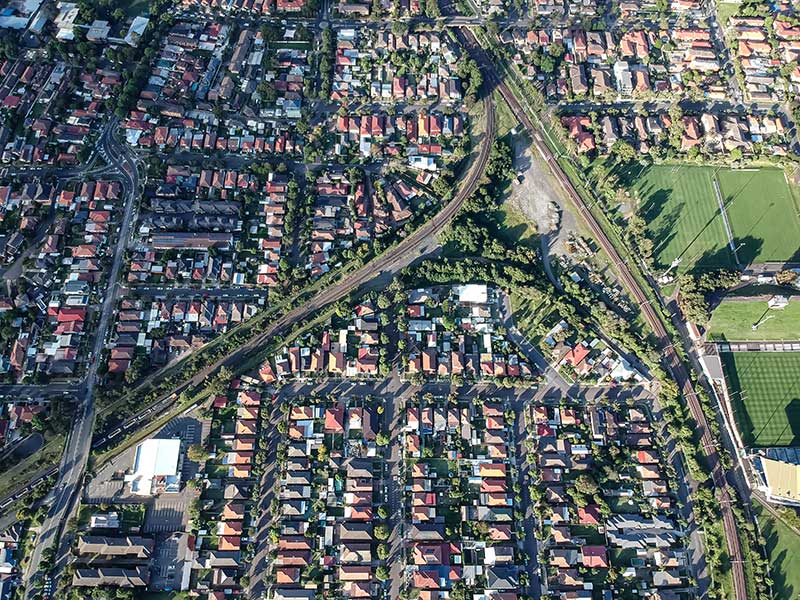NSW local councils will actively track their waste and re-use metrics under a NSW state government initiative announced on Monday.
Two new dashboard tools, created by the government-funded body NSW Circular, will for the first time make accessible data that up until now has been invisible to local councils and the public.
“Our mission is, in a nutshell, to fast track the transition to a circular economy within New South Wales,” chief circular economist for NSW Circular, Dr Kar Mei Tang told InnovationAus.
“We do this in a variety of ways. One of them is by providing transparent and open circular economy information to the market.”

Circular economy is the term used to describe business models and practices that reduce waste and primary material consumption in favour of recycling, upcycling, and lower-waste materials.
“If you can’t measure something, you can’t manage it, and you can’t grow it,” she said. “So, we absolutely need to have this information.”
It’s a sentiment echoed by environmental groups. Head of circular economy development at Planet Ark, Nicole Garofano, said benchmarks like the ones announced today offer insights into opportunities for improvements, particularly for local government, and will be useful in designing solutions for the transition to a circular economy.
“A complex system change is needed for a circular economy transition in Australia, starting with increased knowledge and understanding of both the concept and the benefits it can create for Australian business and government long term,” she said.
Australian Circularity Benchmarks is a public-facing portal that helps business, government and communities to track progress towards circular economy outcomes, whereas My Circular Community is an inter-council benchmarking tool that lets local government areas to see how well they are doing compared with their peers.
“A lot of data is being collected by different organisations and agencies at different levels of governments,” Dr Tang said.
“However, it was actually quite labour-intensive for the ordinary person or even a lot of sustainability officers who work inside organizations to track this data in a cost-effective way.”
This was a big driver for NSW Circular to compile the dashboard portals. Dr Tang said that access to comprehensible information was an important first step in creating economic circularity, but also the kinds of data available in these dashboards will help inform government purchasing decisions and future waste-management contracts.
That is going to be very important as we’re coming to a bit of a crisis point for waste management in NSW, with Sydney predicted to run out of landfill space within the next 20 years.
But economic circularity is not just about better environmental policies.
“There is a lot of valuable stuff, which we are currently just throwing away,” said Dr Tang.
“We’re talking about critical minerals and metals in our e-waste, for example, in our mobile phones, and laptops and things like that, at the moment that’s not being recycled in any huge scale in Australia.”
Statistics produced by the CSIRO suggest commitment to circular economy could triple job creation from resource recovery in Australia.
The recycling sector currently generates 9.2 jobs per 10,000 tonnes of waste, compared with only 2.8 jobs for the same amount of waste sent to landfill.
These are figures echoed in modelling by PwC, which suggested Australia could generate $1.86 trillion in direct economic benefits over the next two decades and save 165 million tonnes of CO2 per year by 2040.
In addition to job creation, we are essentially throwing away many hundreds of millions of dollars in potential resources every year. Salvaging and recycling lithium-ion batteries alone could be worth up to $2.6 billion by the year 2036.
Moreover, a report released earlier this year by Bocconi University and the Ellen MacArthur Foundation found that the greater the circularity of a company’s resourcing, the lower its risk of defaulting on debt and the higher the risk-adjusted returns of its stock.
The NSW Circular announcement comes on the same day the federal government announced a new push to encourage better recycling practices by individual citizens on a private level.
The “Remade in Australia” campaign is an online, print and TV ad-based initiative to encourage Australians to be more waste conscious and buy more recycled items.
Dr Tang said it was interesting that the Remade in Australia campaign was targeting the remanufacturing industry as a key growth catalyst in recovering from COVID-inspired economic downturn.
“It’s quite telling that the circular economy has actually been identified in quite a number of government economic policies for regrowth both at the state and federal level,” she said.
Do you know more? Contact James Riley via Email.
